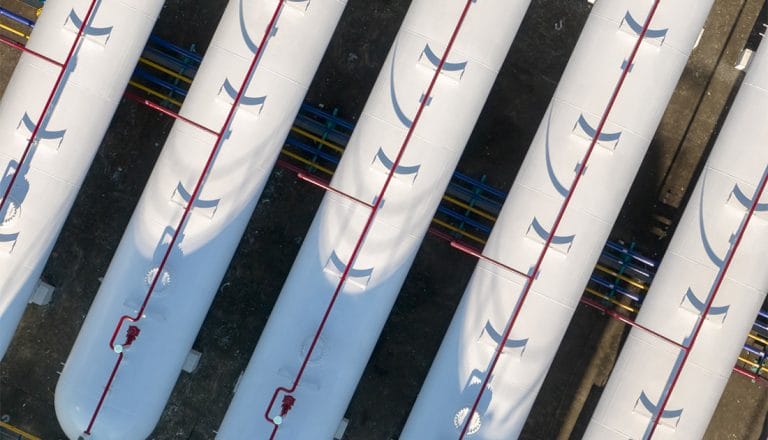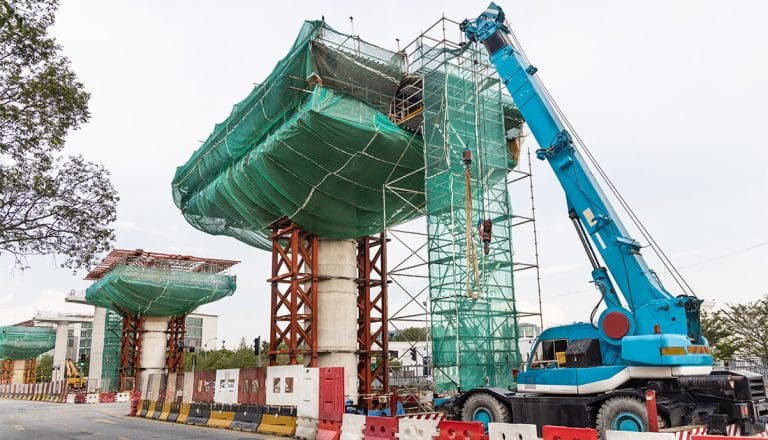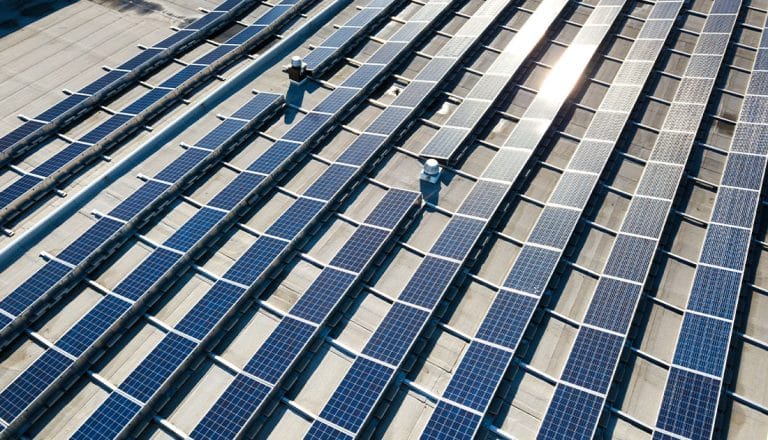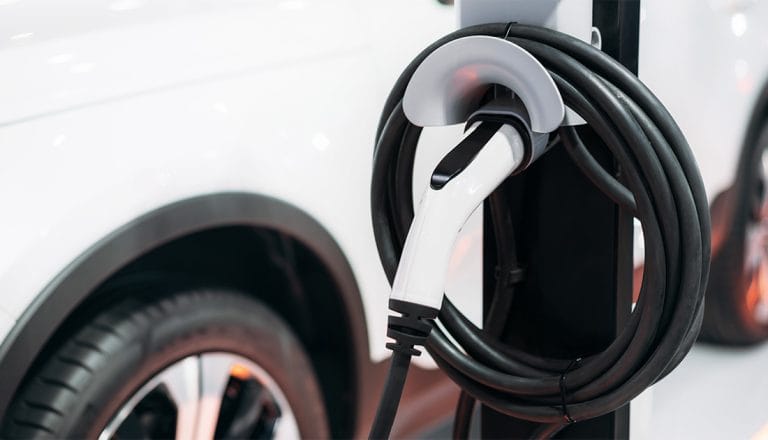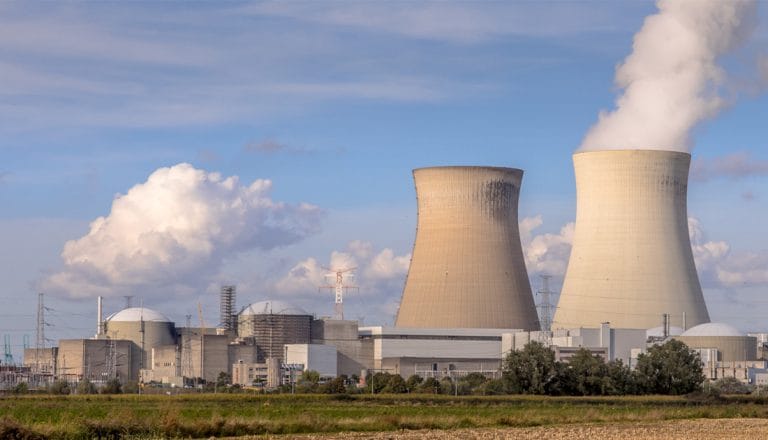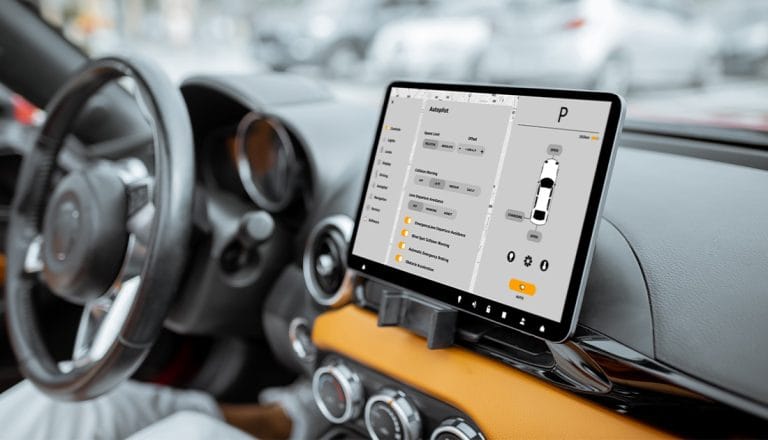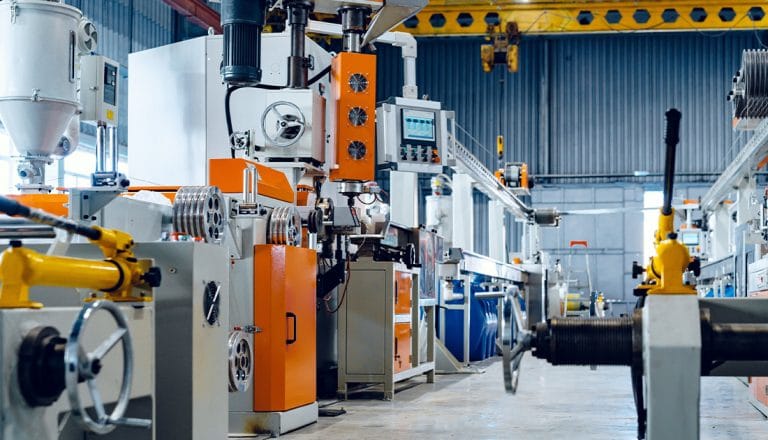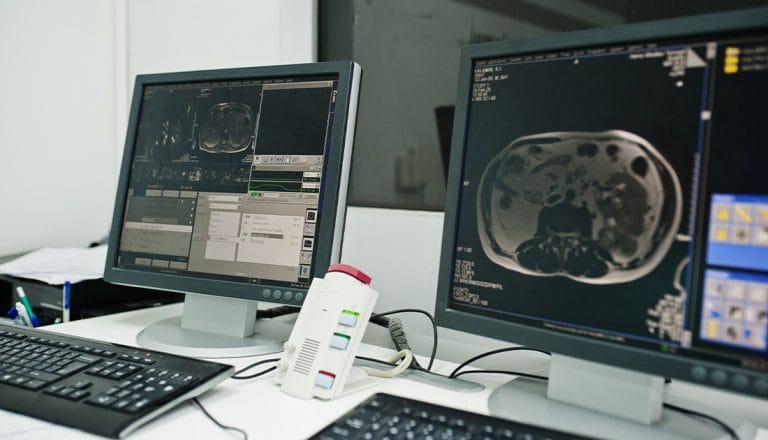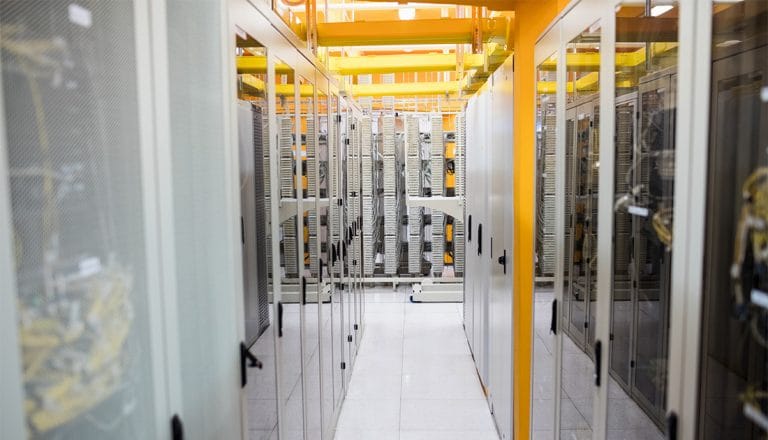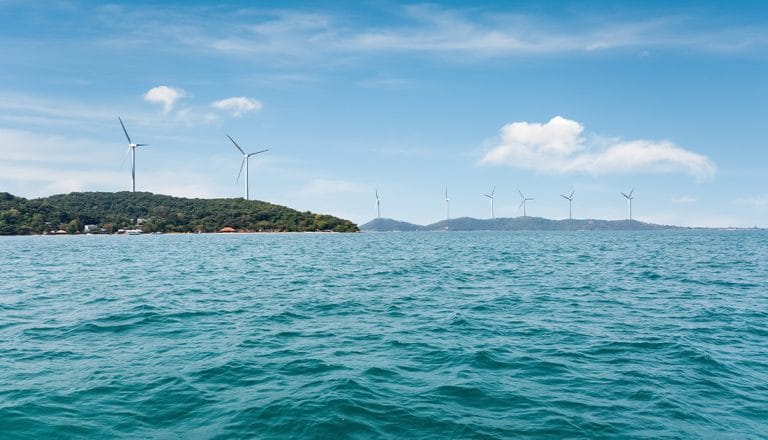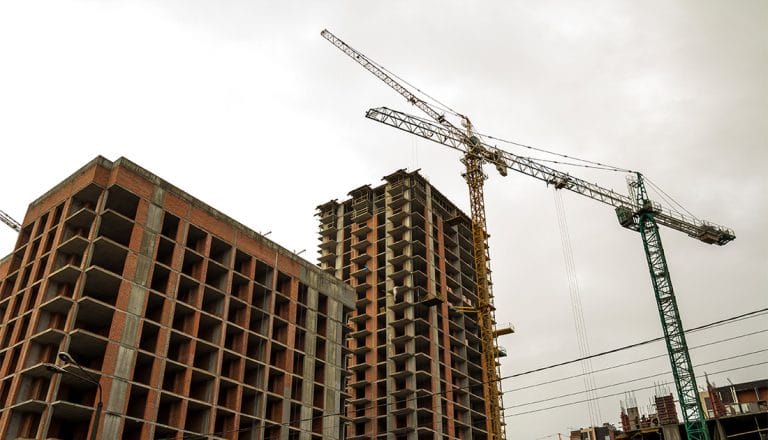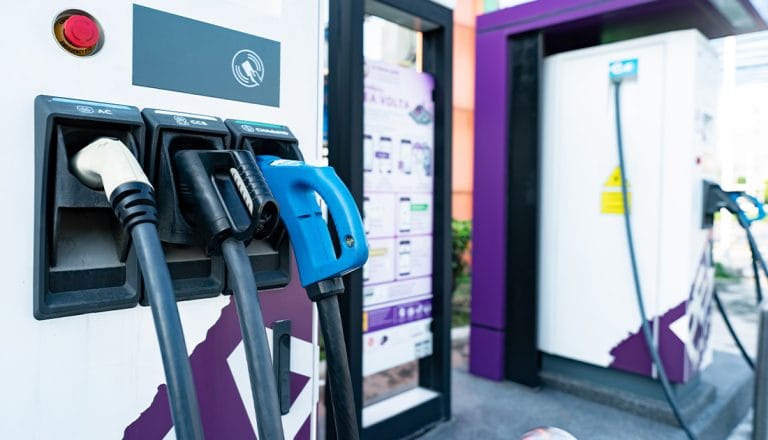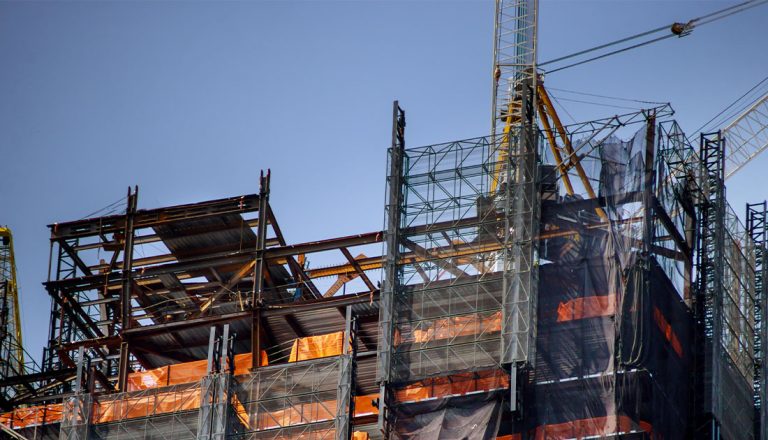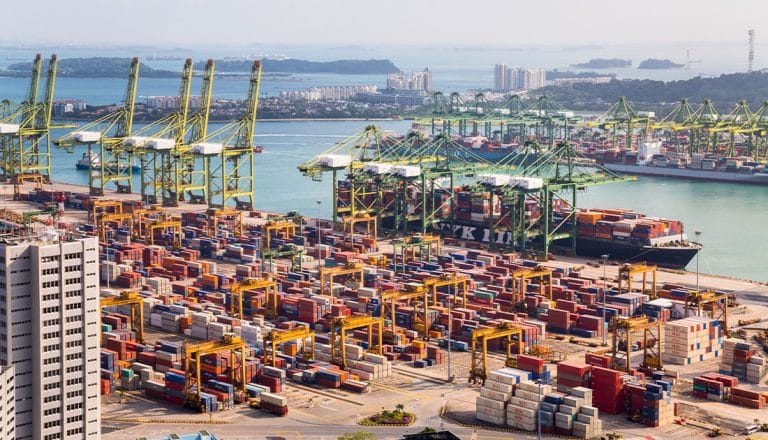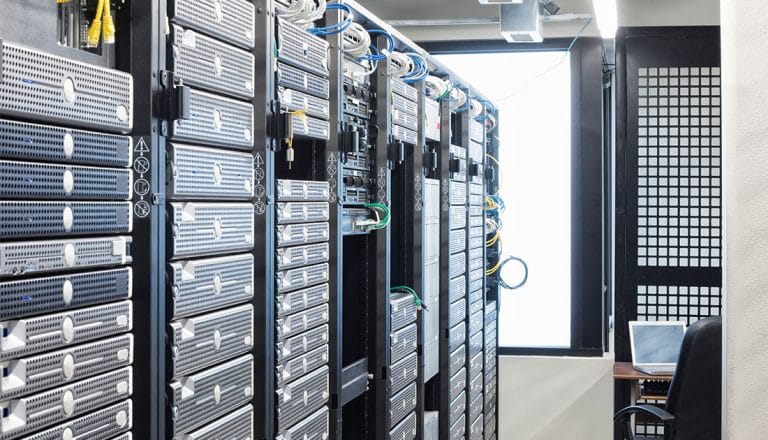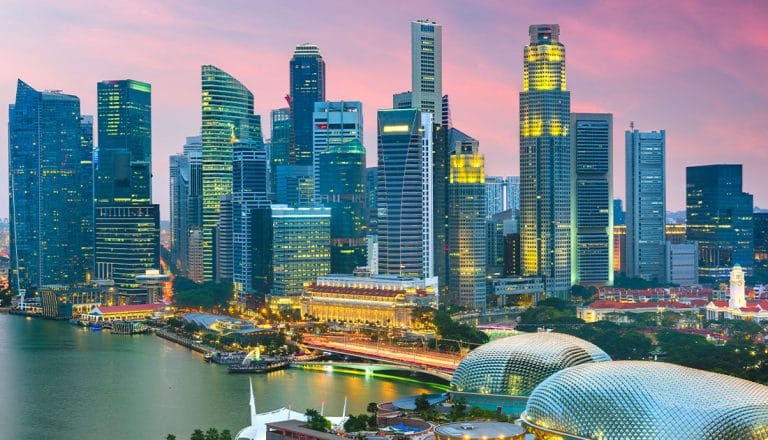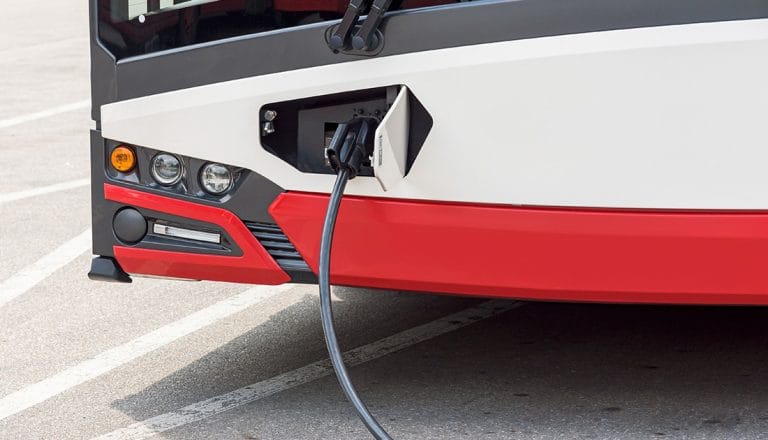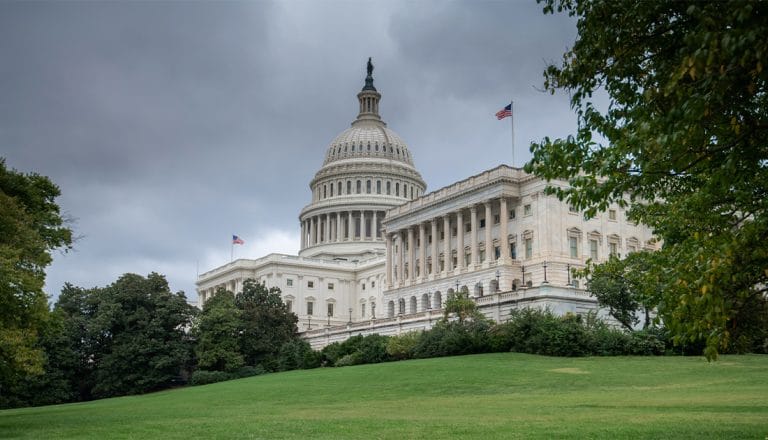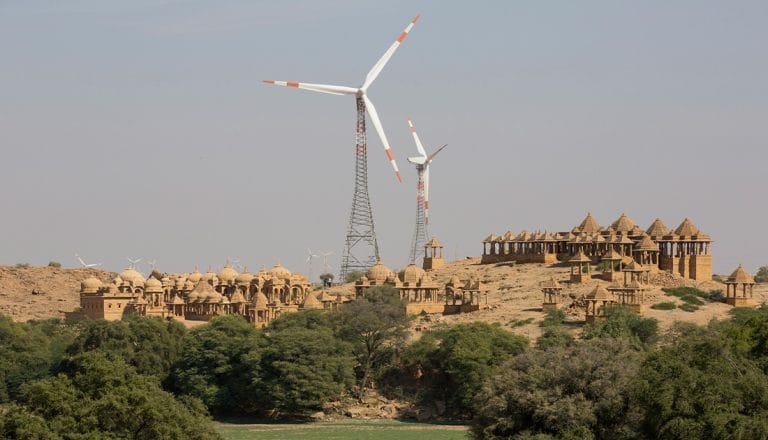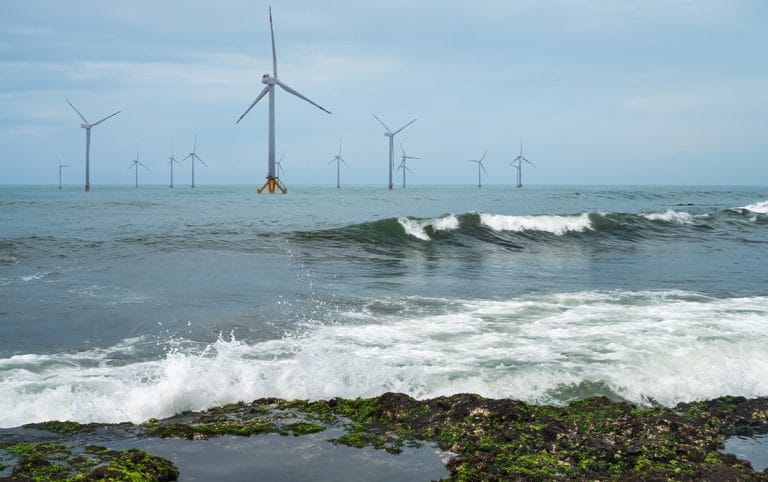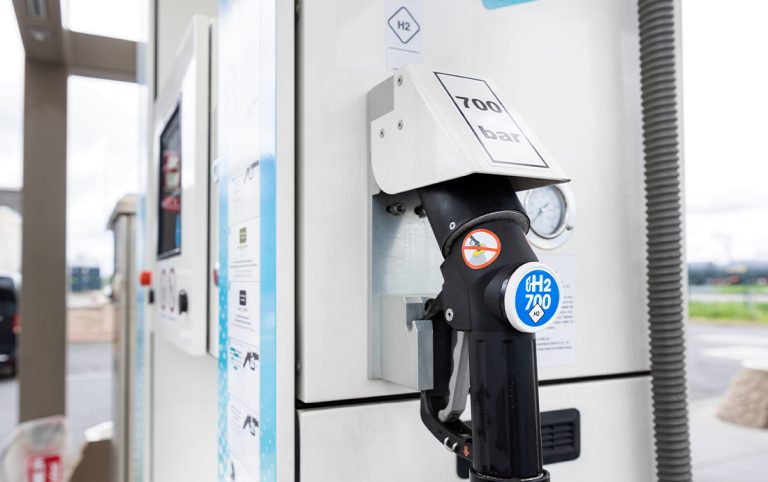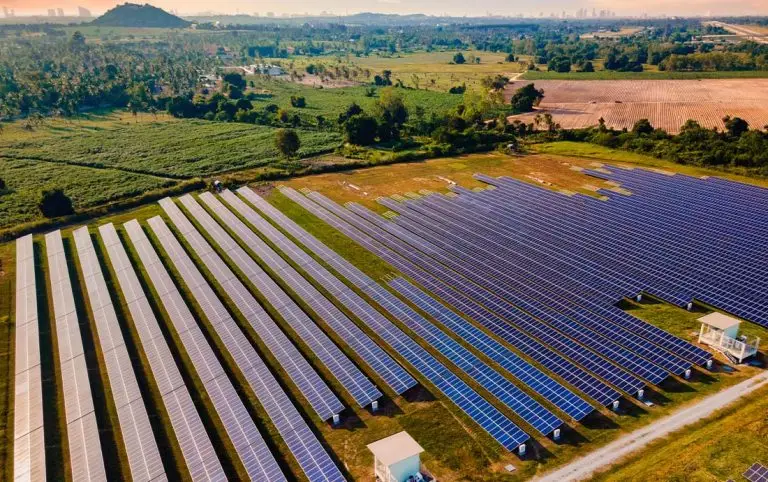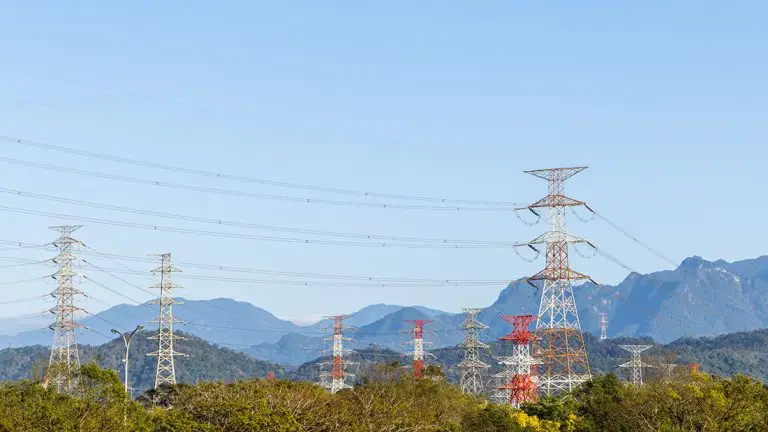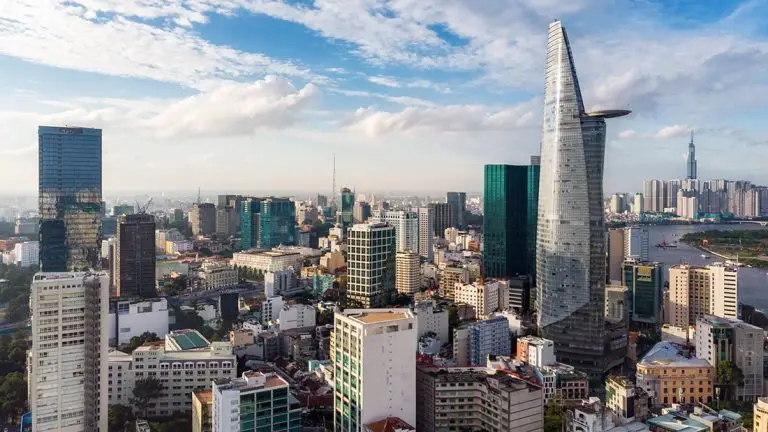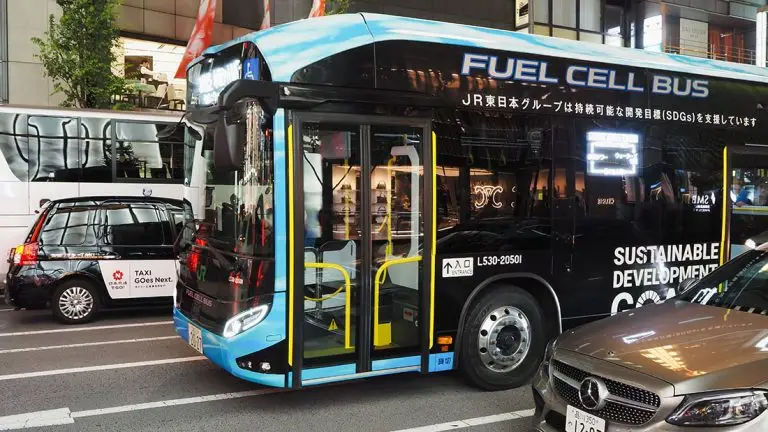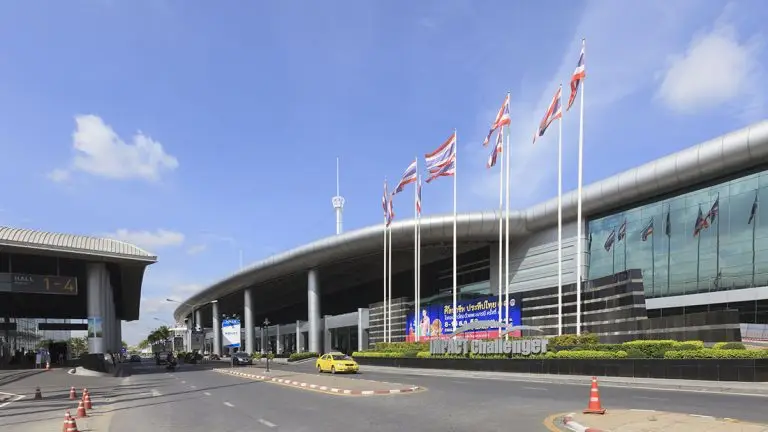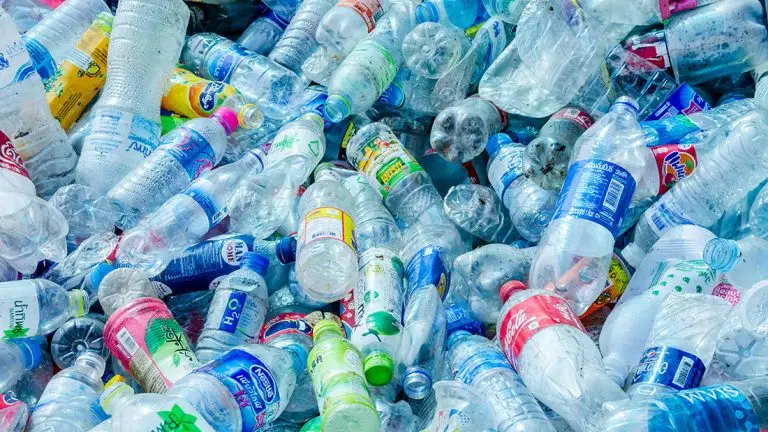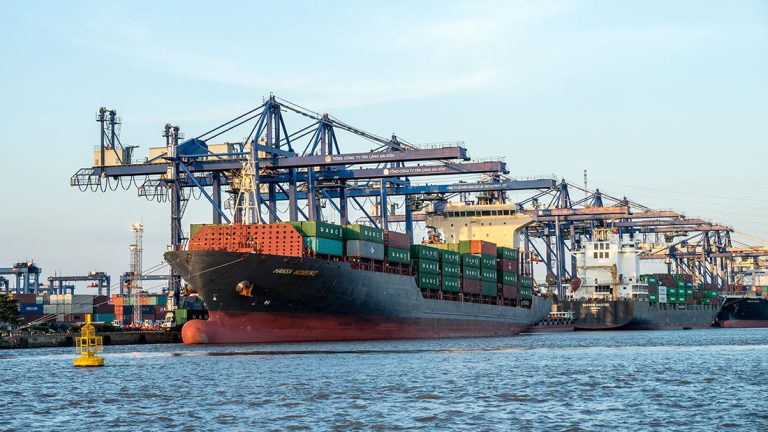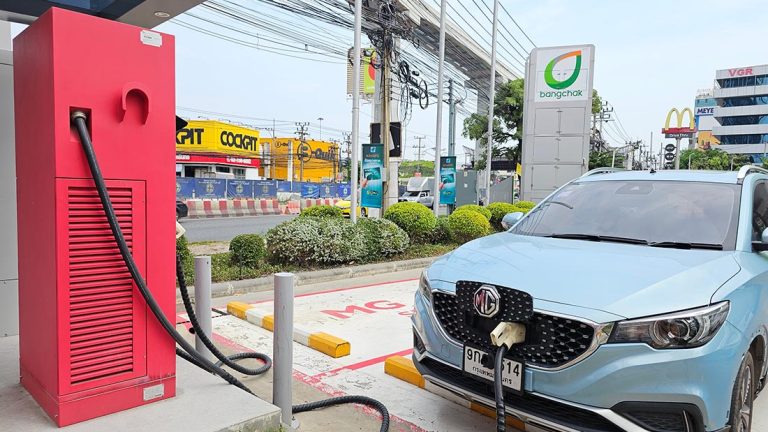- Electrifying Indian mobility provides investment opportunities in EV manufacturing, supply chain expansion, and charging infrastructure development
- The Indian government has set a target to have 30 percent of all vehicles sold in 2030 be electric
- The Ministry of Commerce and Industry recently unveiled an initiative to promote the country as an export hub for EVs
If the Indian government is to achieve its goal of having 30 percent of all vehicles sold by 2030 to be electric, it would mean 12-13 million EVs hitting the road. That is a six-fold increase across the next six years. Accomplishing this will take significant investment and support from global companies with the requisite technology and knowledge. Asian Insiders India Partner, Pawan Bhatnagar, details why electrifying Indian mobility will be a game-changing proposition.
One number best sums up the opportunity for electric vehicles (EVs) in India–13 million. This is how many EVs the country hopes to sell in 2030. The figure is higher than the total of what is projected to be sold in all of Europe during the same year. The market potential here is massive.
Reaching the 13 million EVs sold target would mean the sector records a compound annual growth rate (CAGR) of more than 45 percent from 2023 to 2030, reaching a market size of over USD 150 billion by 2030. This is going to create a wealth of opportunities.
A combination of government policy support, technological advancements, and rising environmental awareness is leading to growth in the industry. The country’s EV push is also driven by its desire to reduce oil import bills. According to research from the Council on Energy, Environment and Water (CEEW), India could realise savings of approximately USD 14 billion on oil imports if the share of EVs increases to 30 percent by 2030.
Opportunities in electrifying Indian mobility
As mentioned earlier, numerous opportunities across various sub-sectors are now available in India. Here is an overview of just a few on offer.
EV manufacturing and supply chain
Developing EV manufacturing capabilities and the supply chain supporting these efforts is seen as a priority. This covers two- and three-wheel vehicles and passenger cars as well as commercial buses and trucks. The two-wheeler market, in particular, is taking off due to skyrocketing demand from food delivery and e-commerce companies.
By 2026, electric two-wheelers are expected to comprise nearly half of the total market in India. Meanwhile, the country’s electric car market grew by 168 percent during 2023. This offers opportunities to overseas investors that can help scale domestic manufacturing and the supply chain.
Battery manufacturing and recycling
With more EVs hitting the road, battery manufacturing and recycling demand will also increase. India currently imports around 80 percent of its lithium-ion batteries. The government has sought to stimulate local manufacturing through various initiatives, such as the Production-Linked Incentive (PLI) scheme for advanced cell chemistry. Firms with the ability to boost domestic production further are in demand.
Meanwhile, only about five percent of lithium-ion batteries are currently being recycled in India, meaning extensive opportunities exist. Companies involved in this space will help mitigate environmental concerns and create a circular economy for batteries.
EV charging infrastructure
India had nearly 15,000 public charging stations at the end of 2023. The country needs to build an additional two million charging stations by 2030 to support the anticipated growth in EVs. International entities are expected to play a key part in developing a robust charging network as well as battery swap stations for two- and three-wheelers. The government has allocated USD 125.6 million for the development of charging infrastructure in the country under its FAME 2 scheme.
Shared and commercial mobility
Electrification of transportation fleets for passengers and goods will create new opportunities. The India shared mobility market size was USD 1.6 billion in 2023 and is predicted to see a CAGR of more than 65 percent in the coming years. This would see it reach USD 56 billion by 2030. A substantial portion of commercial vehicles and buses are anticipated to operate on environmentally friendly sources. Ride-hailing services are expected to be incentivised to use EVs as well.
After-sales service and maintenance
As more EVs are sold in India, the demand for specialized EV service centres will rise. While EVs have fewer moving parts than internal combustion engine vehicles, battery servicing, tire changes, and other maintenance services are still required.
Government policies support sector growth
The Indian government has made several key announcements and policy updates in recent times as it looks to encourage growth and embrace a broader strategy that promotes sustainable mobility, reduces carbon emissions, and transitions to clean energy.
For example, the FAME (Faster Adoption and Manufacturing of Hybrid and Electric Vehicles) policy was introduced in 2015 under the National Electric Mobility Mission Plan (NEMMP) to reduce vehicular emissions, decrease fuel consumption, and encourage sustainable transportation.
FAME has since been replaced by the PM E-DRIVE scheme. With a total budget outlay of USD 1.3 billion for a period of over two years, this is focused on the production of electric two- and three-wheelers as well as public transport vehicles.
The PLI Scheme for Advanced Chemistry Cell battery manufacturing was enacted in 2021 with the goal of transforming India into a global hub for EV batteries. Approximately USD 2.2 billion has been allocated under the programme to boost the local manufacturing of lithium-ion batteries and other advanced battery technologies.
In early 2024, the Indian government began encouraging state and local entities to include electric mobility solutions as part of smart city development plans. Various projects, such as the Smart Cities Mission, now include provisions for setting up EV charging stations, establishing EV fleets, and adopting clean mobility solutions for last-mile connectivity.
These efforts include the National Electric Vehicle Policy (NEVP) that contains guidelines for states to design their own EV-specific policies. The NEVP encourages states to provide financial incentives, tax exemptions, and subsidies for EV buyers while creating a favourable ecosystem for EV manufacturers and other stakeholders, including charging infrastructure providers.
Finally, the Ministry of Commerce and Industry has announced a new initiative to promote India as an export hub for EVs with a focus on two- and three-wheelers. The plan will see incentives offered to manufacturers that export EVs, offering firms access to global markets in addition to domestic consumers.
Final thoughts
The government’s recent announcements all support electrifying Indian mobility. The next step is improving EV adoption, charging infrastructure development, battery manufacturing, and sustainability. These policy initiatives align with India’s goal of achieving net-zero emissions by 2070 and establishing the country as a global leader in sustainable mobility.
With the country set to accelerate its transition to electric vehicles further, substantial opportunities for businesses, manufacturers, and investors in the Indian e-mobility ecosystem have opened up. For those boasting technologies, knowledge, or other tools capable of advancing India’s goals, now is the time to consider market entry.
Want to know more about opportunities involving electrifying Indian mobility? For a no obligation call, please contact Jari Hietala, Managing Partner: jari.hietala(at)asianinsiders.com or Pawan Bhatnagar, India Partner: pawan.bhatnagar(at)asianinsiders.com

